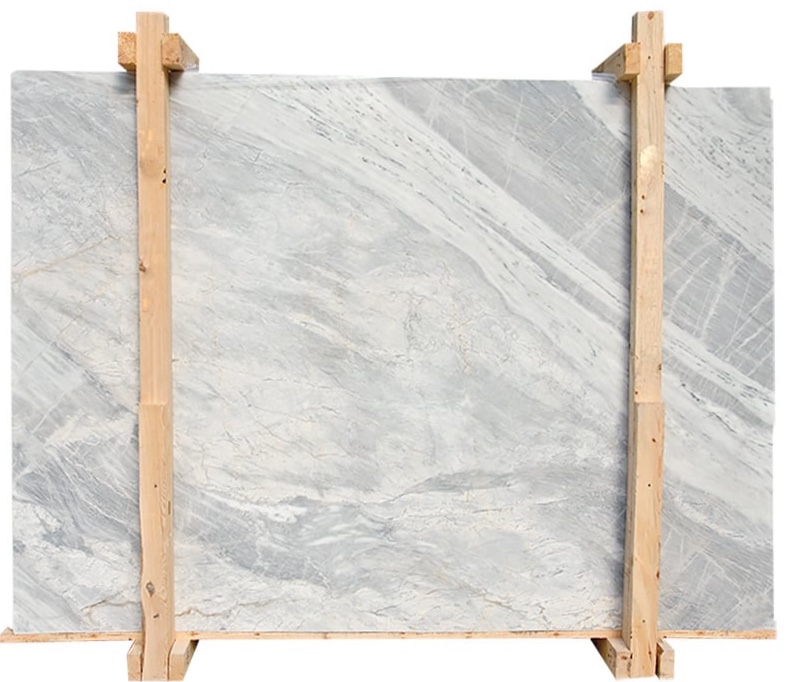One of the more constant questions that a company in the natural stone industry is asked revolves around how stone is cut. Specifically, the direction and path the saw takes as it is “slicing” through a block of stone. So let’s discuss What is Vein Cut Stone and how it differs from Cross Cut Stone.
The best beginning for this conversation starts with how natural stone might typically be extracted or quarried from the Earth. There are lots of variables in terms of the actual extraction, but all more or less yield a block of natural stone with various height x width x length dimensions. Now imagine how that piece has to be cut.
The next thing to consider is the veining that occurs naturally in stone and especially in marble. We recently posted on this very topic of veining and said: “think of the cause of veining as the result of impurities like silt, clay, oxidized iron, and more. They were in the stone originally and manifested themselves as veins over time. We will let that suffice”. Take a peek above at a very well illustrated example of veins in marble.
Here is the scoop on vein cut stone. When the block has been “sliced” along the plane of the stone bed it was taken from, then it is said to be vein cut. Alternately, cross cut indicates the block being cut perpendicular to the plane of the bed. This tends to eliminate the appearance of layers yielding a more “cloudy” appearance. They are both wonderful expressions of stone.
We hope this helps. Thanks for reading!


